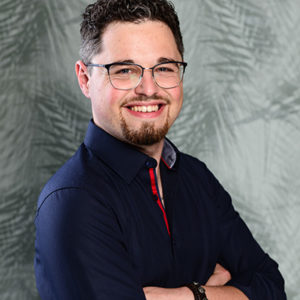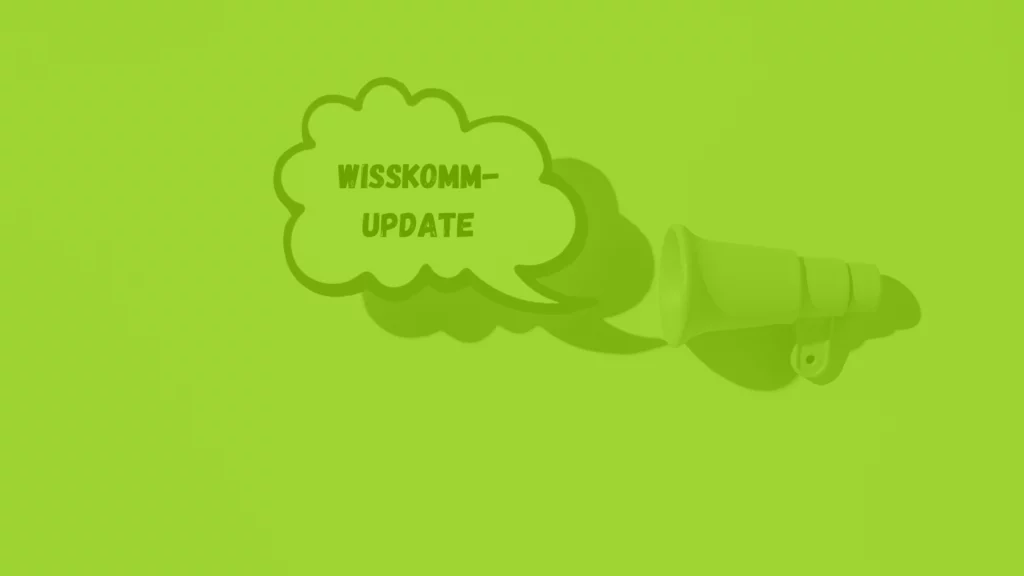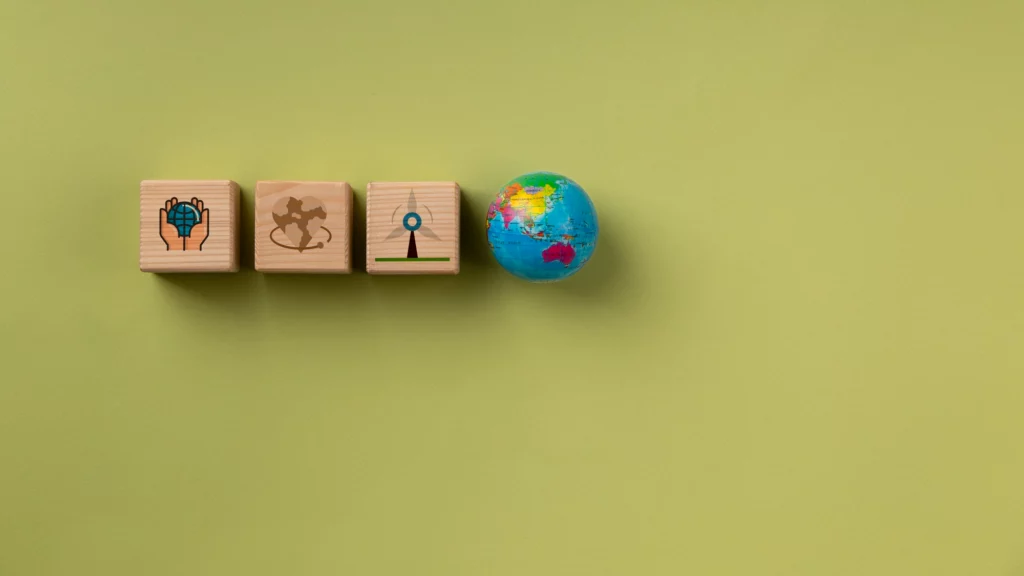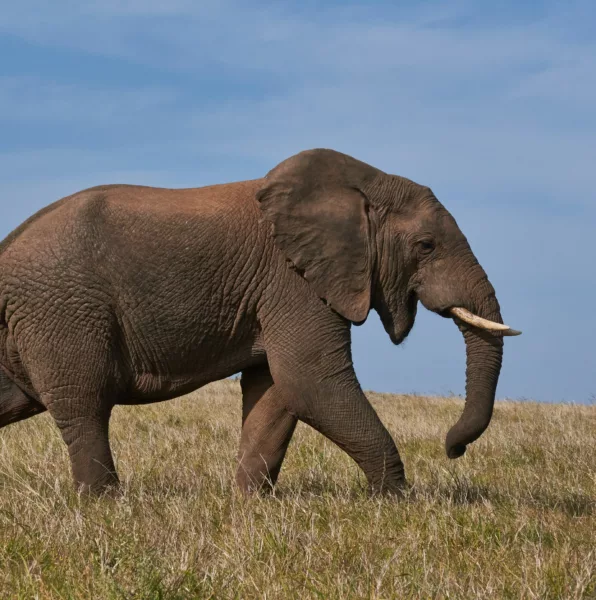How can research be made relevant for the day-to-day life of the people affected? How to support transformative processes in the way we communicate? The “Transformation Project” at Arizona State University, USA, focuses on transformative communication. Marco Dehnert explains its goals.
“Community is at the heart of transformation”
Mr. Dehnert, what is the “Transformation Project”?
The Transformation Project is one of five research collaboratives at the Hugh Downs School of Human Communication at Arizona State University (ASU). These collaboratives are aimed at fostering community and supporting research collaboration between faculty and PhD students. The Transformation Project is a group of 20 to 25 people, consisting of faculty, PhD students and community liaisons, who are working together on the topic of transformation. The project was founded almost two decades ago by Dr. Sarah Tracy and Dr. Jess Alberts and is currently co-directed by Dr. Elissa Adame and Dr. Alaina Zanin. Ever since then, it has been focused on work related to transformation in a variety of contexts: nurturing relationships, strengthening community, organizational flourishing, and focusing on the development of healthy communication patterns. In our work we explore ways in which we can combine scholarly endeavors, in terms of research and teaching, with community outreach.

What type of research is part of the Transformation Project?
The beauty of the Transformation Project is the variety of contexts and research topics around transformation that our members are involved in.
Some are focusing on organizational communication, asking the question: How can we help people within organizations flourish and foster relationships? For instance, one research project is investigating gender dynamics and gender disparities in sports. This project is in collaboration with the nonprofit organization Girls on the Run, which helps empower girls through sports, specifically running. Other research projects are centered around workplace bullying, burnout and stress, compassion and emotional labor or how technology is transforming the ways in which we form relationships. We have also projects looking at transformation from an organizational justice perspective: How can we help employees be heard in organizations? And how can we support social change and activists’ work? The newest addition to the Transformation Project is using methods like speculative fiction and community engagement to explore African communication perspectives and ask critical questions about Western aid and development programs. As you can see, in the Transformation Project we are using a variety of approaches that go beyond traditional research methods to help us express and investigate our ideas. This is the beauty of the collaborative: it is all about what each individual brings to the table and how we can combine those strengths in meaningful ways.
One of the goals of the Transformation Project is to make its research findings broadly accessible within the respective communities. How do you achieve that?
How do you involve the communities in the research design process?
A current example is a research project led by one of the co-directors of the Transformation Project, Alaina Zanin, in collaboration with another faculty member, Loretta LeMaster. The project focuses on gender disparities within sports and the experiences of gender non-conforming and trans athletes. The research started by talking to the affected people, focusing on their lived experience, their concerns and problems. From there, we try to utilize our research methods and skills as researchers to support the community.
What are the scientific backgrounds of the people involved in the Transformation Project?
Our PhD program is an interdisciplinary program in communication studies and focuses on fostering an interdisciplinary way of thinking. Most people come in with communication degrees, and that means there are a lot of people with a strong humanities or social sciences background. That is the beauty and sometimes the challenge for the Transformation Project in terms of bridging across paradigmatic differences of how people approach research differently. This mix of approaches allows us to conduct interdisciplinary, multi-method, and also mixed-methods research.
What would be an example of such mixed-method research?
We redesigned a class at ASU for teaching leadership qualities to undergraduate students. Then we ran a mixed-methods study to see how the redesign changed the students’ experience and learning outcomes. We had the old and the new design of the class, running in parallel, so an experiment and a control group. This was complemented by qualitative analyses of video recordings of leadership simulations of the students. The research project was a very fruitful endeavor because it brought together different methods, trying to capitalize on the strengths of each.
What do you personally value most about the Transformation Project?
I started my PhD at ASU three years ago and got involved in the Transformation Project right away. Through the project, I have had a lot of amazing collaborations with both students and faculty. Often, research can be isolating, being the lone researcher sitting in a lab or office. We are trying to challenge that by doing the work together, learning from and alongside each other. It has been an amazing opportunity and experience. I can do my work in ways where I can see the larger purpose behind it.
How does the Transformation Project foster a community among its PhD students?
We have support and mentoring activities, as well as meetings where people can practice giving conference presentations or just talking about their research findings. We also have a lot of social events. For example, we regularly go on “wonder and ponder” walks to a local park in the morning (to avoid the heat in Arizona) to make deeper connections by spending time with each other outside of a classroom or lab environment. Typically once per year, we also go on a weekend-long writing retreat to work together on our collaborative projects.
The Transformation Projects enriches the PhD experience in a variety of ways, but it doesn’t stop there. It also supports its students in reimagining what it means to have a PhD and how we can put our degree to good use, outside of the narrow box of academic research. There are many opportunities in organizations and companies, non-profits and government-related work. Last summer, the Transformation Project supported Sarah Tracy and myself in organizing a virtual workshop series on that topic, which was funded by an external grant. We invited a variety of speakers with advanced communication degrees working outside of academia. The beauty of conducting it virtually was that we had a lot of people chiming in from around the world. It was very exciting to make connections across the globe in this way.
What are other ways that PhD students can benefit from the Transformation Project?
The Transformation Project offers a seed grant program to help PhD students kick-start their own research projects. The grant could be used for example for interview transcription costs, for paying participants for engaging with the research or for funding travel to conduct research on site.
How has the Transformation Project changed and shaped you as a researcher?
The Transformation Project has had a twofold impact on me: First, helping me understand why I do the work that I do. It is less about conducting a fancy research project to publish it somewhere and more about the practical impact of my research on people’s lived experience. Constantly asking myself: How can I tie it back to the people? How can I do research that is relevant to them?
The other component is the understanding that research is better when we work together. I have learned that the best research moments happen when you talk to colleagues and collaborate. Bringing together people with different perspectives and backgrounds, different methodological skills – it’s just beautiful.
Final question: What does transformation mean to you?
It’s a question I like to ask people as well. It is such a vague term. People seem to have an understanding, but it is challenging to put that into words. For me, it has a few components: empowering individuals and helping them flourish in all aspects of their lives, but also enriching social connections and fostering community. I am a strong advocate for having community be part of transformation. We are social beings, so community should be at the forefront of transformative work.






